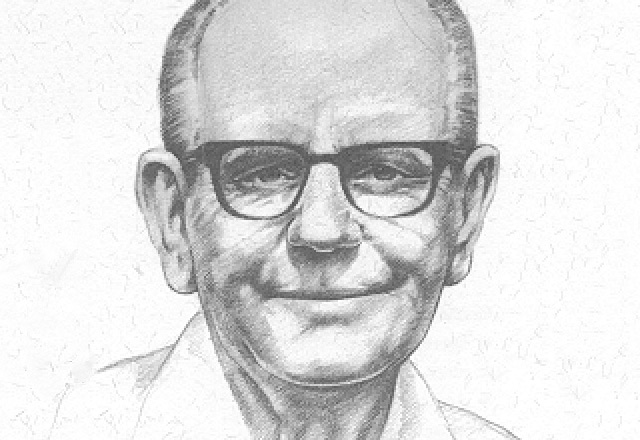
Discovering Bowen Therapy

We discover the pioneering Australian natural therapy addressing a range of chronic and acute conditions.
The 18th of April will see therapists around the world celebrate the centenary birthday of Bowen Therapy’s creator, Melbourne-born Thomas Ambrose Bowen (1916-1982), affectionately known as Tom. So what better time to find out what this therapy offers?
What is it?
Bowen Therapy is a holistic and gentle series of ‘moves’, performed in a specific sequence, to provide relief for a number of physical conditions, including neck and shoulder tension, respiratory complaints and digestive issues.
“The moves are designed to assist in restoring a whole body balance, or increasing functionality or homeostasis for a number of physically experienced conditions,” explains the president of the Bowen Therapists Federation of Australia, Sally Rashbrooke.
“These include acute and chronic conditions that may not have been addressed through other modalities.”
Bowen Therapy has also been used more recently to relieve physical injuries and emotional imbalances in native animals and household pets, including dogs and horses.

How it works (the science)
While residing in the regional Victorian town of Geelong, Tom Bowen discovered that the underlying source of many musculoskeletal, neurological and neuromuscular health problems could be found in the body’s soft tissue (and fascia).
“Fascia is something that surrounds or embraces all body systems – the bones, the muscles, the nerves, the body organs, arteries and veins,” explains Rashbrooke.
“When fascia is not effectively supporting the body – often as a result of not being adequately hydrated – it can affect these bodily systems and may result in nerve compression, or skeletal and muscular changes.”
The moves performed in a Bowen session affect the fascia surrounding a muscle, tendon, ligament or a combination of these and work across the fibres of the muscles (unlike massage, which works along the fibres). The areas the therapist target relate to the meridians – or energy lines – of the body, similar to acupressure or acupuncture points, which Tom had established during his work.
“Bowen practitioners can sense the changes under their fingers after an area has had Bowen work. A re-assessment of functionality is then confirmed by the client,” says Rashbrooke.
Who does it help?
While Bowen Therapy may have begun through Bowen’s assistance with acute injuries resulting from football, Rashbrooke says that modern practitioners can adapt their techniques and pressure to suit a range of complaints.
“Bowen Therapy is suitable for pretty much anyone, from the newborn who may have challenges in feeding or sucking, to the frail or elderly – and everyone in between,” says Rashbrooke.
“The delicious bounty of Bowen Therapy is its gentleness – and sometimes the lightest touch can have a profound effect for the recipient.”
Clients may also participate in regular Bowen Therapy sessions to maintain optimal body functioning long term.
“Very similar to the routine maintenance we have done on our motor vehicles,” says Rashbrooke.
What to expect
A Bowen Therapy session can last anywhere from 15 to 50 minutes, including a full client review and assessment of the client’s mobility around the affected area.
‘Moves’ and sequences are performed on both the back and front of the clients’ body, with the client usually lying on the body work table.
“Most Bowen practitioners will recommend three to five sessions to determine effectiveness and also clarify if the client is following guidance outside the sessions, including being adequately hydrated,” says Rashbrooke.
“Some clients may choose to come in for body maintenance every three to four weeks to achieve greater flexibility and physically freer limbs and body.”
Success stories
While Tom Bowen treated over 13,000 people per year with an 80 per cent success rate, Rashbrooke says Bowen Therapy is still achieving exciting results today.
“Most Bowen practitioners will have personal success stories, so I always encourage people to reach out and ask if their therapist has treated or supported someone with a condition similar to theirs,” says Rashbrooke.
Rashbrooke says that some of the most memorable cases for her are the clients who turn to Bowen Therapy for the emotional healing, as well as the physical.
“One client I remember had what was called non-essential tremors,” recalls Rashbrooke.
“Using a gentle approach with Bowen, involving less pressure when making the moves, we managed to rebalance the body. It was a very tearful experience for both the client, their partner and the therapist.”
* To find a Bowen Therapist or practitioner in your area, visit the following links and search your postcode –
Search for a therapist: www.bowen.asn.au/therapists/
BTFA Website: www.bowen.asn.au/


